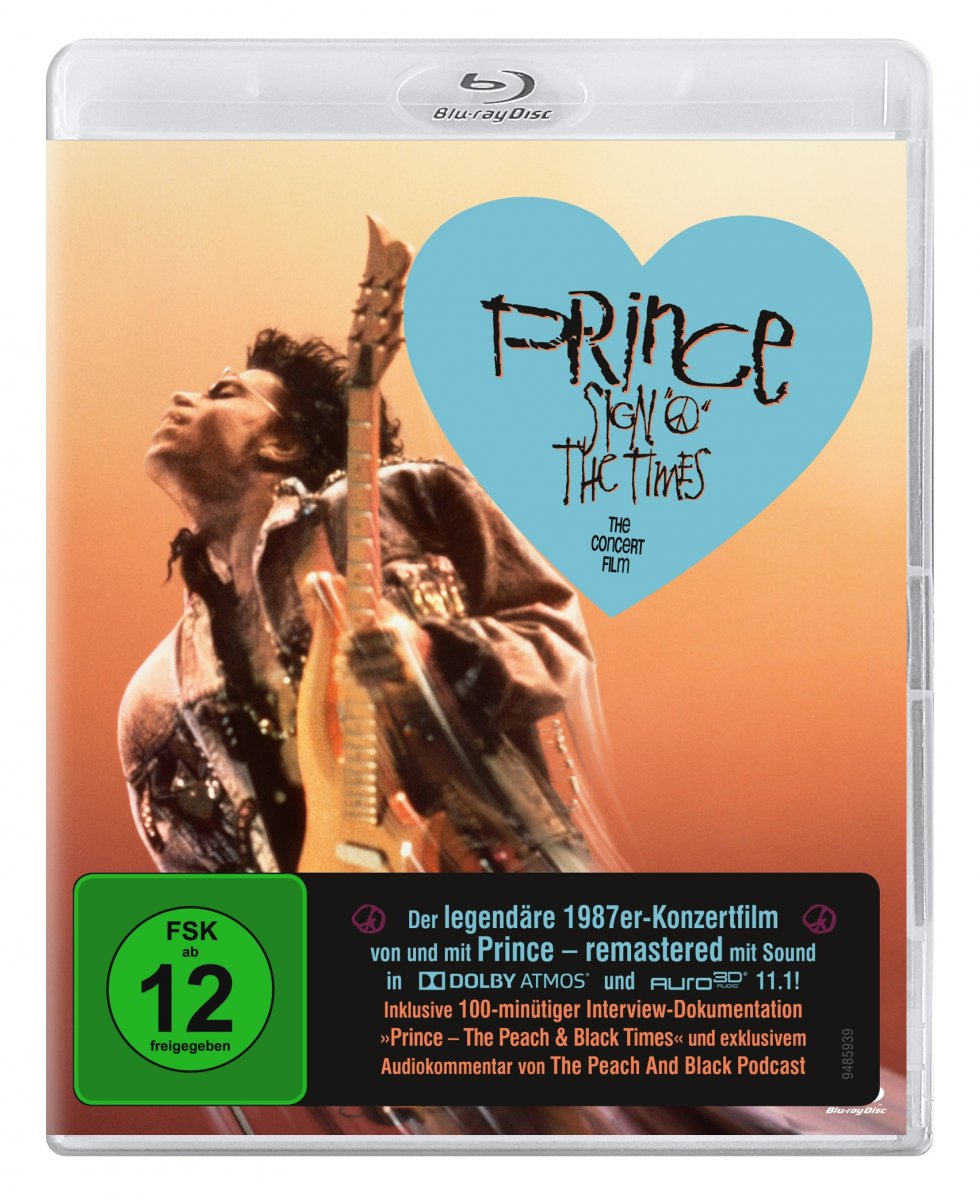Common sense? In an audio thread? As Pres. Biden would say "Come on man"! I put in bold your assertion that you "feel" people are not testing their listening levels. I would go further and say "almost all" and since it is probably 90% of all audio people who have not tested this for themselves you would be on safe ground. The typical scenario is that MEN ESPECIALLY will go to "check something out" in audio by
cranking it up louder than they will ever listen to it. It is fun to do but not useful at all for in home listening. But my point is that holding all speakers to an extremely high unrealistic standard is kind of silly. Look at all of Amir's test data. Many speakers do pretty good at 86db with distortion. Crank it up to 96db and most all of the smaller speakers start to fall apart. The issue is, most people will use 86db once in awhile, but 96? That is really pushing things. So you have to buy based on Amir's performance data and your own personal preference. If you use a high quality decent sub, then you will not care about 80hz and below in your bookshelf speakers. So, take his excellent data and personalize it for price, performance and visual esthetics.
THAT is the absolute fantastic job Amir does for everyone by doing consistent testing across the board. You can compare speakers to each other and weed out the ones that are not even close to what you need. It is like having an awesome "buyers guide" online here at ASR.
Just use it by personalizing it to your needs. Need I say more?
All of you engineers and other very smart people can disregard this post. I know you guys are looking at this stuff from more of a cutting edge perspective in audio equipment performance. If the reader is not an engineer or other very knowledgeable person, Amir offers the "Buying guide" service!


